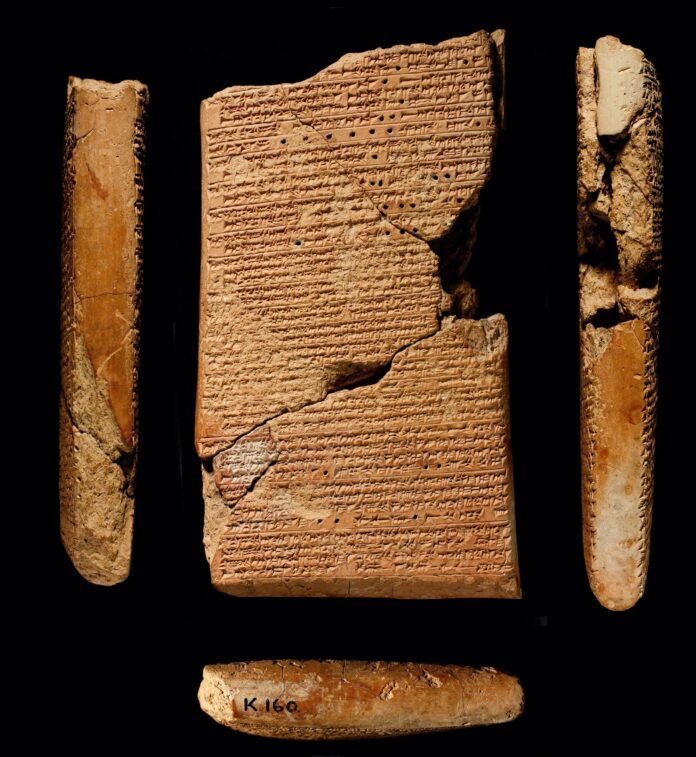Unveiling the Secrets of a 3,700-Year-Old Astronomical Record

In the heart of ancient Mesopotamia, a remarkable artifact was created that would captivate scholars for millennia to come. The Venus Tablet of Ammisaduqa, a clay tablet covered in cuneiform script, stands as a testament to the intellectual prowess of the Babylonians and their dedication to understanding the cosmos.
A Glimpse into Babylonian Stargazing

Dating back to the mid-17th century BC, this astronomical masterpiece chronicles the movements of Venus over a 21-year period. Named after King Ammisaduqa, under whose reign it is believed to have been compiled, the tablet offers a detailed record of Venus’ heliacal risings and settings, providing invaluable insights into Babylonian chronology and celestial understanding.
Decoding Ancient Wisdom

As scholars pore over the tablet’s inscriptions, they face numerous challenges. From potential copying errors to the complexities of atmospheric refraction and Earth’s changing rotation rate, each interpretation brings new questions and discoveries. Despite these hurdles, the Venus Tablet continues to shed light on the sophisticated astronomical knowledge of our ancestors.
A Legacy Written in Clay

The significance of the Venus Tablet extends far beyond its historical context. It serves as a bridge between ancient wisdom and modern science, inspiring researchers and enthusiasts alike. As we continue to unravel its mysteries, we gain a deeper appreciation for the intellectual achievements of the past and the enduring human quest to understand the heavens.

In the story of human progress, the Venus Tablet of Ammisaduqa stands as a shining example of our ancestors’ curiosity and ingenuity. It reminds us that the pursuit of knowledge is a timeless endeavor, connecting us across the centuries to those who first gazed up at the night sky in wonder.

